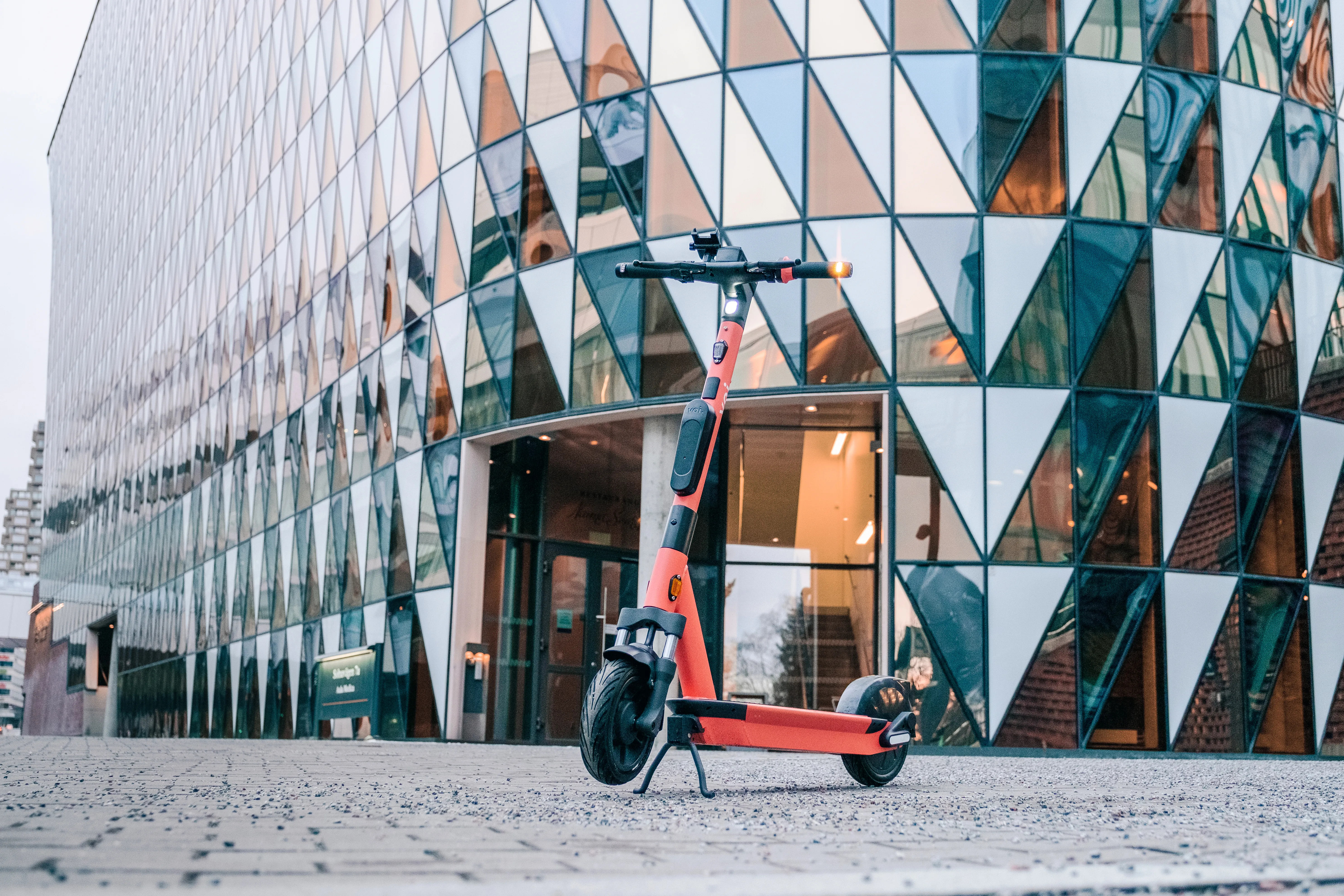Speedy Hire, the UK’s leading provider of equipment rental and support services to construction, infrastructure and industrial related industries has installed CCTV technology on its new fleet of heavy goods vehicles (HGV) and light commercial vans as part of an on-going commitment to road safety. The equipment will improve visibility for drivers, support driver behaviour feedback and training and protect Speedy against erroneous insurance claims. Commercial fleet CCTV company, Vue, supplied its video data
June 24, 2013
Read time: 2 mins
The equipment will improve visibility for drivers, support driver behaviour feedback and training and protect Speedy against erroneous insurance claims.
Commercial fleet CCTV company, Vue, supplied its video data recorder (VDR) HD system for Speedy’s new range of HGVs. Each lorry has been fitted with four cameras (front and rear facing, nearside and offside of vehicle) with images displayed live on a screen in the cab. The cameras are automatically engaged by the driver’s gear selection or use of indicators and provide full 360 degrees visibility, eliminating blind spots normally associated with large vehicles.
All recorded data is stored on a secure hard drive which bookmarks G-force variations and speed, allowing transport managers and trainers to pinpoint incidents without trawling through hours of footage. The VDR HD also features GPS location integration with Google Earth for fleet positioning and logistics information.
VUE has also supplied a two-camera VDR HD system (front and rear facing cameras) to an initial 30 of Speedy’s 400 new
Richard Martin, Speedy’s logistics director, said: “Speedy is fully committed to improving road safety for all employees and members of the public in whatever way we can. The introduction of on board CCTV is the next stage of this process following the highly successful roll out of fleet telematics last year.”
Glen Mullins, managing director of Vue, said: “The technology allows comprehensive reporting into driver behaviour which not only increases safety but also promotes economical driving and reduces the risk of fraudulent or erroneous insurance claims which can have a devastating effect on drivers.”








